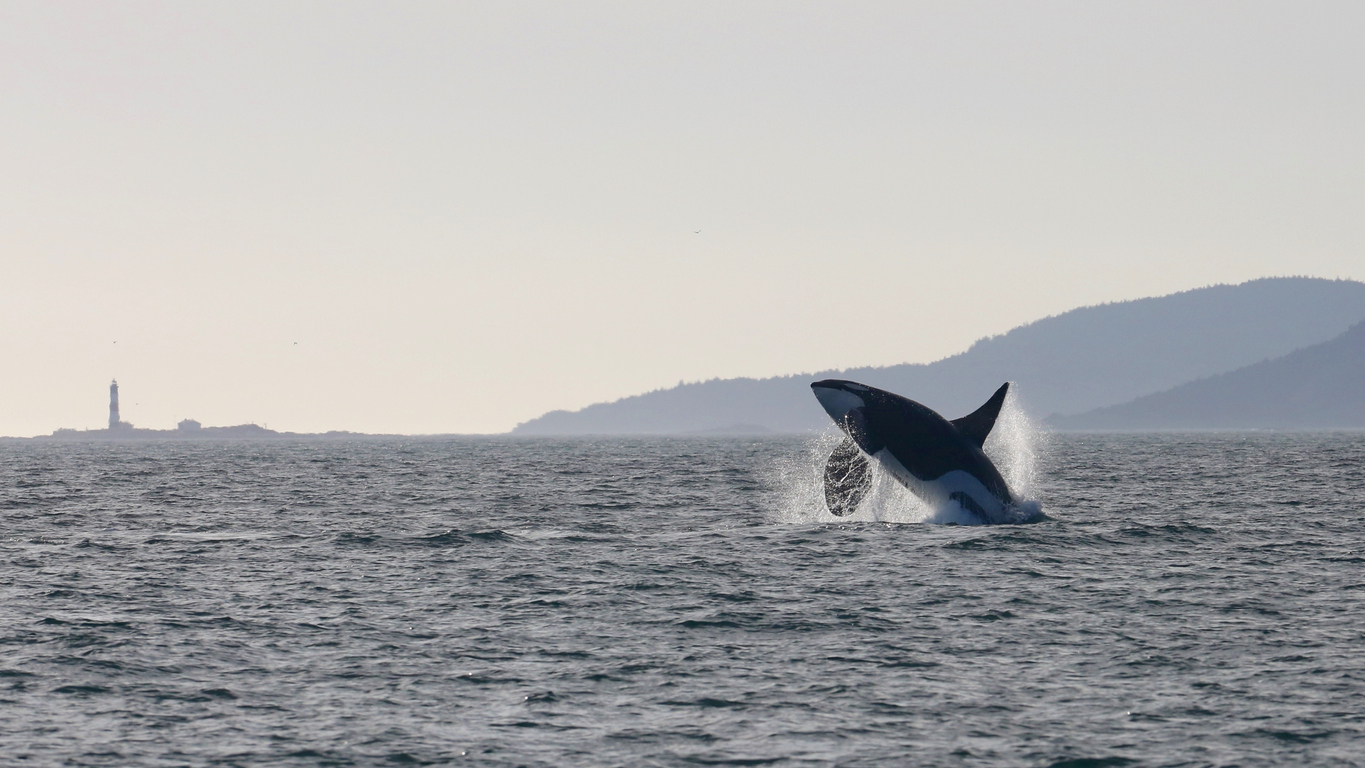The Government of Canada recognizes the importance of reducing underwater noise to support the protection and recovery of Canada’s endangered whale species. Acoustic disturbances can affect their ability to find prey, navigate effectively, and communicate with each other, while also creating stress.
Today, the Minister of Transport, the Honourable Omar Alghabra, announced the launch of a new request for proposal to support the development of propulsion improving devices, specifically aimed at reducing underwater noise generated by propellers.
“Our government continues to invest in the development of innovative technologies which will not only help grow Canadian research and technology development, but which will greatly benefit our iconic and endangered whales from coast-to-coast-to-coast,” says Hon. Alghabra. “I’m excited to see what technological advancements Canadian expertise will develop.”
Propellers are the most significant source of noise generated by most vessels. By implementing devices like ducts, fins, rudders, or propeller caps on a vessel, the flow of water across the propeller can be optimized to reduce underwater noise.
Projects will be funded through Transport Canada‘s Quiet Vessel Initiative, which is testing the most promising technologies, vessel designs, retrofits and operational practices to make vessels quieter, reducing the impacts of underwater noise on vulnerable marine mammals, like the Southern Resident killer whale.
The deadline for bid submissions is July 28, 2022, and all projects are to be completed by March 31, 2024.
Quick facts
- The five-year, $26 million Quiet Vessel Initiative was announced on June 30, 2021. The Quiet Vessel Initiative is one of eight accommodation measures developed to address the concerns of Indigenous communities regarding the Trans Mountain Expansion Project.
- Results through the Quiet Vessel Initiative will generate the technical evidence needed to support Canada’s noise management measures in the Salish Sea and elsewhere in Canada. They will also provide guidance to industry, academia, and the International Maritime Organization (IMO) to influence future quiet vessel design standards and adoption.
Photo Credit: Mark Malleson
Keyword : best boat, Best boat buying website, best boat marina website, best boat travel website, best place to rent a boat, boat accessories, boat angler, boat boondocking, boat buyers guide, boat camper, boat camping, boat dealers, boat DIY, boat Fishing, boat Fixer, boat Home, boat information, boat insurance, Boat Maintenance, boat marinas, boat marinas in Alberta, boat marinas in BC, boat marinas in Canada, boat marinas in Manitoba, boat marinas in Saskatchewan, boat marinas in the USA, boat marinas near me, boat products, boat rentals, boat repair, boat road test, boat sharing, boat sites near me, boat supplies, boat Tech, boat tips, boat touring, boat trade, boat Travel, boat traveling, boat travelling, boat vacation, boat vacation cost, boat websites Canada, boating Canada, Boating Canada’s Boat Lifestyle Magazine, Boating Lifestyle Magazine, boating website, Canadian marina websites, expert boat information, find a boat dealer, government of Canada, how much does a boat cost, how much does marina cost, how to choose a boat, how to drive a boat, International Maritime Organization, marina products, marina supplies, marine mammals, Minister of Transport, motor boat, Omar Alghabra, power boating magazine, Quiet Vessel Initiative, top boat website, Transport Canada, used boat reviews best boat, Best boat buying website, best boat marina website, best boat travel website, best place to rent a boat, boat accessories, boat angler, boat boondocking, boat buyers guide, boat camper, boat camping, boat dealers, boat DIY, boat Fishing, boat Fixer, boat Home, boat information, boat insurance, Boat Maintenance, boat marinas, boat marinas in Alberta, boat marinas in BC, boat marinas in Canada, boat marinas in Manitoba, boat marinas in Saskatchewan, boat marinas in the USA, boat marinas near me, boat products, boat rentals, boat repair, boat road test, boat sharing, boat sites near me, boat supplies, boat Tech, boat tips, boat touring, boat trade, boat Travel, boat traveling, boat travelling, boat vacation, boat vacation cost, boat websites Canada, boating Canada, Boating Canada’s Boat Lifestyle Magazine, Boating Lifestyle Magazine, boating website, Canadian marina websites, expert boat information, find a boat dealer, government of Canada, how much does a boat cost, how much does marina cost, how to choose a boat, how to drive a boat, International Maritime Organization, marina products, marina supplies, marine mammals, Minister of Transport, motor boat, Omar Alghabra, power boating magazine, Quiet Vessel Initiative, top boat website, Transport Canada, used boat reviews
